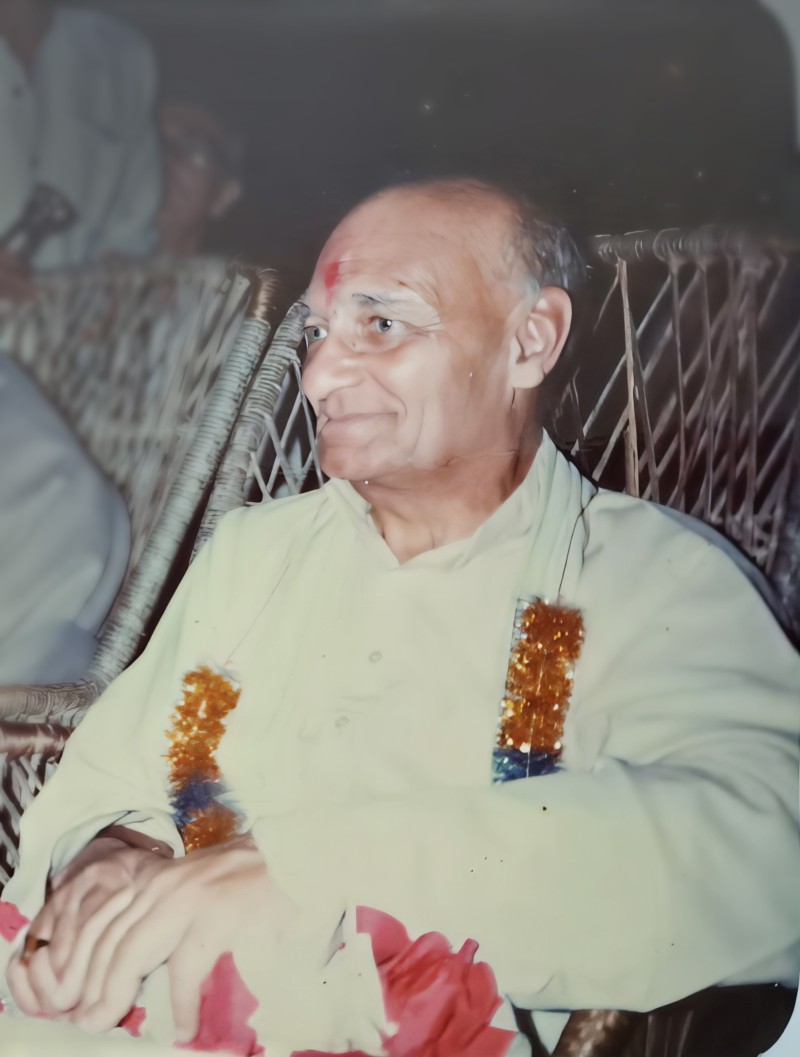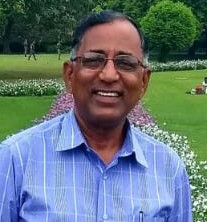Articles
Are we building an Indian Church or a Roman Church in India?
Opinion | Articles | M L Satyan | 22-Mar-2024

Bishop Saupin

I am raising this question mainly in the backdrop of the recent installations of bishops and an Archbishop in some of the north Indian dioceses, especially in the tribal belt. It is indeed an "eye-soaring" experience when I look at the clergy with the Roman paraphernalia.
On the one side, we see that even today many tribal communities are living in poverty. They are semi-clad and hungry cut-off from mainstream society. On the other side, we see the well-nourished clergy with the Roman dresses enjoying all comforts. Indeed, this is an irony in the Catholic Church in India.
In this context, my mind spontaneously goes back to my past experience of my work in the tribal areas of Jharkhand. I was groomed, mentored and ordained by late Bishop George Saupin SJ, the first bishop of Daltonganj diocese in Jharkhand. I had the privilege of being his only Secretary during his tenure as the bishop of Daltonganj.
He always lived what he preached. As the first bishop of Daltonganj diocese, he started his life from a rented building in Daltonganj town. Later, a small piece of land was purchased and the Bishop’s House was built. There was an open garage in that campus. He used it as the Cathedral. This is where later I functioned as a Parish Priest.
Even before the bifurcation of Daltonganj diocese from Ranchi Archdiocese, he used to work in Palamu and Hazaribagh districts. He was well versed with the situation and hence as the first bishop, he had his own vision of forming the diocese. He was very regular in visiting the parishes. He used to substitute any parish priest who wanted to go on leave. He would then function as the acting parish priest. The duty of the parish priest often included house cleaning, garden work and cooking which he always did with joy and enthusiasm.
While visiting the villages he always ate with the people and slept in their mud houses. His frequent visits to parishes and villages helped him to establish a very good rapport with the people. In the bishop’s house he stayed in a small room on the ground floor. His room was facing the main gate. Whenever he saw visitors coming in, he used to come out of his room, receive them and chat with them. Surprisingly, he used to call every visitor, especially the villagers, by their names. That was his style of welcoming and treating the visitors. In today’s terminology, he was an excellent “Receptionist”.
The bishop mostly used 10 paise postal cards for communication. At the next level he used Inland Letter. He used his letter-head only for official communication. He always wrote letters. Very rarely he used the typewriter. When I started my work as his Secretary, I typed fifty percent of his letters. The remaining he wrote personally by using postal cards and he loved to do so.
When it came to his attire, he was always seen in his kurta-pyjama and gamcha (a thin towel). He wore a wooden cross with a black thread. During the daily Mass he just wore a shawl. During solemn liturgical celebrations he wore an Alb on his kurta-pyjama. In the place of ‘Mitre’ he wore a tribal turban and in the place of ‘Crosier’ he used a bamboo stick.
Following the teachings of the Second Vatican Council, he gave freedom to the priests to celebrate the Eucharist as per the tribal culture. When he ordained me in 1984, he gave me freedom to prepare a meaningful ordination liturgy. I wish to quote just two things in that liturgy. The local village representatives (consisting of Catholics and non-Christians) brought me in procession and presented me to the bishop requesting him to ordain me. He questioned them spontaneously. After that
I washed the feet of the village representatives as a symbolic gesture of my service to them. Like this, several meaningful changes, in line with the tribal culture, were permitted in my colleagues’ ordinations too.
He was a people-centric person. He decentralised the admin system in the diocese. Every parish had Parish Council, Catholic Sabha, Mahila Sangh and Youth Association. Bishop Saupin expected every parish priest to play the role of a facilitator and guide and build a people-centric parish. And this was done in every parish. He had quite a number of non-Christian friends in Daltonganj town. Almost every evening he used to go for a walk and visit at least one friend’s house.
He always expressed solidarity with the local people who have been oppressed and exploited by the landlords for many years. He had sat on hunger strike with the people on many occasions, fighting for justice. Due to false accusations by the local government officials (influenced by the landlords), the diocesan FCRA account was frozen for more than two years. Under his able leadership the diocese passed over that difficult period. When he was transferred to Bhagalpur diocese, he stayed in the villages to learn Santhali.
Bishop Saupin’s life challenged many and inspired so many. During his period, I underwent a serious discernment about my future mission. I decided to take up an inter-religious mission independently. I requested the bishop to relieve me from my priestly responsibilities. As a true spiritual guide, he helped me a lot during my discerning period and also to obtain the laicization without much difficulty. After I took up the inter-religious mission, he met me twice and appreciated my work and life. Today what I am is because of Bishop Saupin.
Pope Francis has not only been preaching about simplicity and solidarity with the poor but he has been practicing it in his own personal life. On several occasions the Pope has demonstrated the values of simplicity, concern, compassion, transparency and courage. He has become a living demonstration of the proverb “Actions speak louder than words”. He always urged that priests be shepherds with the ‘smell of the sheep’, grounded in the situation of their flock. Bishop Saupin was a living example for this.
What is the scenario of the Catholic Church in India? In the past, the missionaries came from the west and lived with us as Indians. They toiled to build local churches. But today, the Indian clergy live in India like foreigners. It is high time for the catholic clergy to be shorn of all grandeurs. Are they ready to abandon the Roman paraphernalia, get out of their comfort zones, have the smell of the sheep and try to build simple Indianized church in India?
_______________________
(The Author is a Freelance Journalist who writes columns on social and religion issues. He can be reached at mlsatyan55@gmail.com. Views expressed are personal)
Leave a comment
